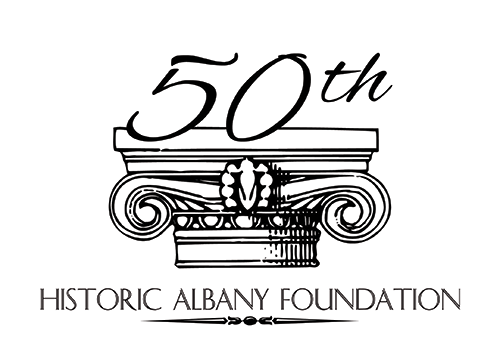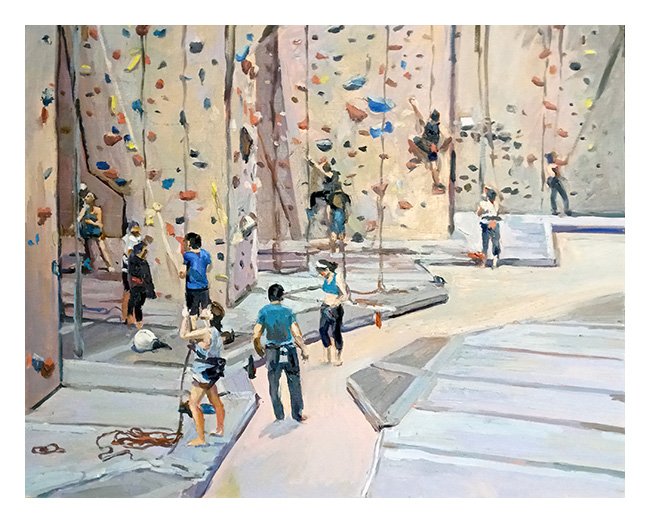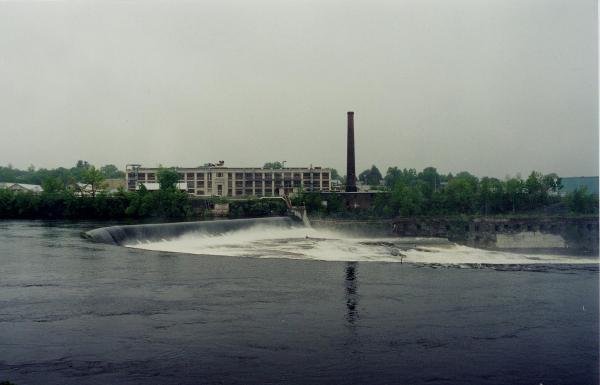Keep up to date with Historic Albany Foundation
Feast is Tomorrow! Directions & Auction Link
/Feast is nearly here!
Are you attending?
We will be at the Shaker Heritage Site (25 Meeting House Rd, Albany, NY 12211) located close by to Albany International Airport on Saturday, June 18th from 6-10 pm.
There will be a parking lot on the right side of the road, opposite the Historic Barn which will be on your left as you drive up. There will also be Uber cars nearby, thanks to the proximity to the airport.
The temperature looks to be around 60 degrees and dry - remember we are going to be outdoors so please dress accordingly and choose appropriate footwear.
Auction Info!
We have raised over $5,000 already! There are still plenty of items to be bid on - you can see them all here. (www.accelevents.com/e/feast-2022) and please feel free to share with friends and family - bidding is open to everyone.
Bidding will close at 9.30 pm on the evening of the event.
Thank you again for your support, contact us if you have any questions.
Plein Air Painting For #Feast2022
/Everyone! Meet Julia Durgee who will be auctioning a painting of Shaker Heritage Society's historic barn on the evening of Feast 2022, created Plein air!
See the piece be created before your very eyes and maybe you'll be lucky and get to take it home too!
Julia is one of many generous individuals who have donated to our auction, which will be able to be accessed virtually and open to all. You are also welcome to join us in person for this exciting event on the evening of June 18th. Learn more about Julia below.
"With formidable illustration skills, Julia Durgee paints over-looked (and under-painted) beauty and buzz around her.
She grew up drawing cartoons & fashion whilst painting murals & portraits in Loudonville, NY, and studied fine art at Shaker High School. She earned a Bachelor of Science in apparel design from Cornell University and pursued freelance illustration in NYC. In 2005, she was heavily influenced by the graphic novel boom, which unearthed her talent for producing autobiographical comic art, winning her an American Illustration Award in 2007.
She received her M.B.A. from the University of Notre Dame believing the business world needed more artists. In 2013, after marketing the magic of Disney World, she moved to Portland, Maine to market the Bean Boots of L.L.Bean and studied plein air painting on Monhegan Island with David Lussier. She preferred to paint slightly less-serene, Maine settings (a rock-climbing competition, a non-profit fundraiser, a craft beer festival) and sold many of these paintings at her well-priced, 2019, solo show at the Union of Maine Visual Artists Gallery in Portland, Maine.
Happily settled back home to Albany, she sold her painting of a Free Food Fridge during 2021’s Built Exhibit, won “Best New Exhibitor” at Schenectady’s Stockade Art Festival, and painted live at the NYS Writers Institute Book Festival. By day, she is a Sr. Manager of Omnichannel Marketing & Insights at Beech-Nut Nutrition Company in Amsterdam, NY. "
Restoring the Hudson - Environmentalism in the 20th and 21st Centuries
/Hudson River Environment in the 20th and 21st Centuries
By the 19th century, the Hudson River was one of the most significant routes of trade during the Industrial Revolution. The industries that developed because of the river also changed its ecology and environment, and has left a legacy that will impact future generations. Following the construction of the Erie Canal, built between 1817 and 1825, there was a boom of commercial activity in Upstate New York. The canal, at the time of construction, was the longest artificial waterway, stretching Over 360 miles from Buffalo to Albany. The Erie Canal allowed for New York State to establish itself as an integral part of the United States Economy. The canal helped to spread the ideals of abolitionists, feminists, and allowed for people to travel away from home at unprecedented speeds. However, the construction also coincided with the displacement of Indigenous peoples from their ancestral lands. Intersecting with Haudenosaunee and Mohican land, the canal increased settlement within Western New York, further displacing Indigenous communities beyond the boundaries of New York State.
In 1831, the Mohawk and Hudson Railroad opened, connecting the cities of Albany and Schenectady along the two rivers. It was the first railroad built in New York, and allowed for Erie Canal passengers to bypass the Cohoes Falls. By 1866, the Hudson River Bridge connected Albany and East Greenbush, allowing for train passengers to travel between the Hudson River Railroad and the New York Central Railroad, that traversed the Western part of the New York towards Buffalo. The Lumber industry, which boomed by the later half of the 19th century in Albany, relied on the Erie Canal and the Hudson river to transport lumber from the Adirondacks into New York City. As more industries sprang up along the Hudson during the 20th century, waste released into the increased dramatically. It wasn’t until the second half of the 20th century that economic growth began to shift away from manufacturing in Upstate New York. Companies that had opened manufacturing plants during the second world war shuttered and relocated towards the end of the 20th century. Government officials and residents were forced to deal with the fall out of abandoned structures, as well as water and land poisoned by toxic waste. General Electric was primarily responsible for releasing PCB pollutants into the Hudson. General Motors had operated in North Tarrytown, now known as Sleepy Hollow from 1896-1996. During this time, lead contaminants were released into the Hudson. By the second half of the 20th century, environmentalists and advocates for the Hudson River began the fight to preserve the natural environment.
The PCB Crisis and other Environmental Threats
Presently, 200 miles of the Hudson River is classified as a Superfund site – one of the largest in the United States. From 1947 until 1977, GE used PCBs at two facilities located on the Hudson River: the Hudson Falls and Fort Edward facilities. PCB oils were discharged both directly and indirectly into the Hudson River – some of the discharge was permitted, some were not. During this time, it is estimated that approximately 1,330,000 pounds of PCBs were deposited into the Hudson. In 1969, PCBs were found in fish collected from the river. By 1975, in response to the discovery in fish, The New York State Department of Health began to issue health advisories to limit the consumption of fish from the Hudson River. The following year, the New York State Department of Environmental Conservation banned all fishing in the Upper Hudson and most commercial fishing in the Lower Hudson. In the 1990s, 45 tons of PCBs were removed from the Allen Mill tunnel. After the removal process from 1993-1995, the fishing ban was removed along the Upper Hudson and catch and release programs were put in place. At this point, however, the Health Department recommended that children under 15 and women of child-bearing age avoid eating fish from the Hudson completely. The Superfund Site has been divided into two distinct zones. The first being the stretch of the river known as the Upper Hudson, from Hudson Falls to the Federal Dam at Troy. The Lower Hudson spans from the Troy Dam all the way to Manhattan. The EPA, New York State and General Electric have coordinated dredging activities to reduce the amount of PCBs in the Hudson River. Starting in 2009, General Electric In April of 2019, the EPA announced that General Electric had successfully cleaned up PCBs.
In 1963, Scenic Hudson was founded to organize against the proposed pumped-storage hydroelectric plant at Storm King Mountain. Consolidated Edison had announced plans to develop the hydroelectric plant to accommodate the growing energy needs in New York City. The plan was met with dismay and anger amongst many of the residents and environmentalists who advocated for the Hudson River valley, because of the threat the plant posed to the environment. Consolidated Edison had purchased land in Buchanan, NY and developed the Indian Point Nuclear Plant by 1962. In September that same year, the plant became fully operational.









